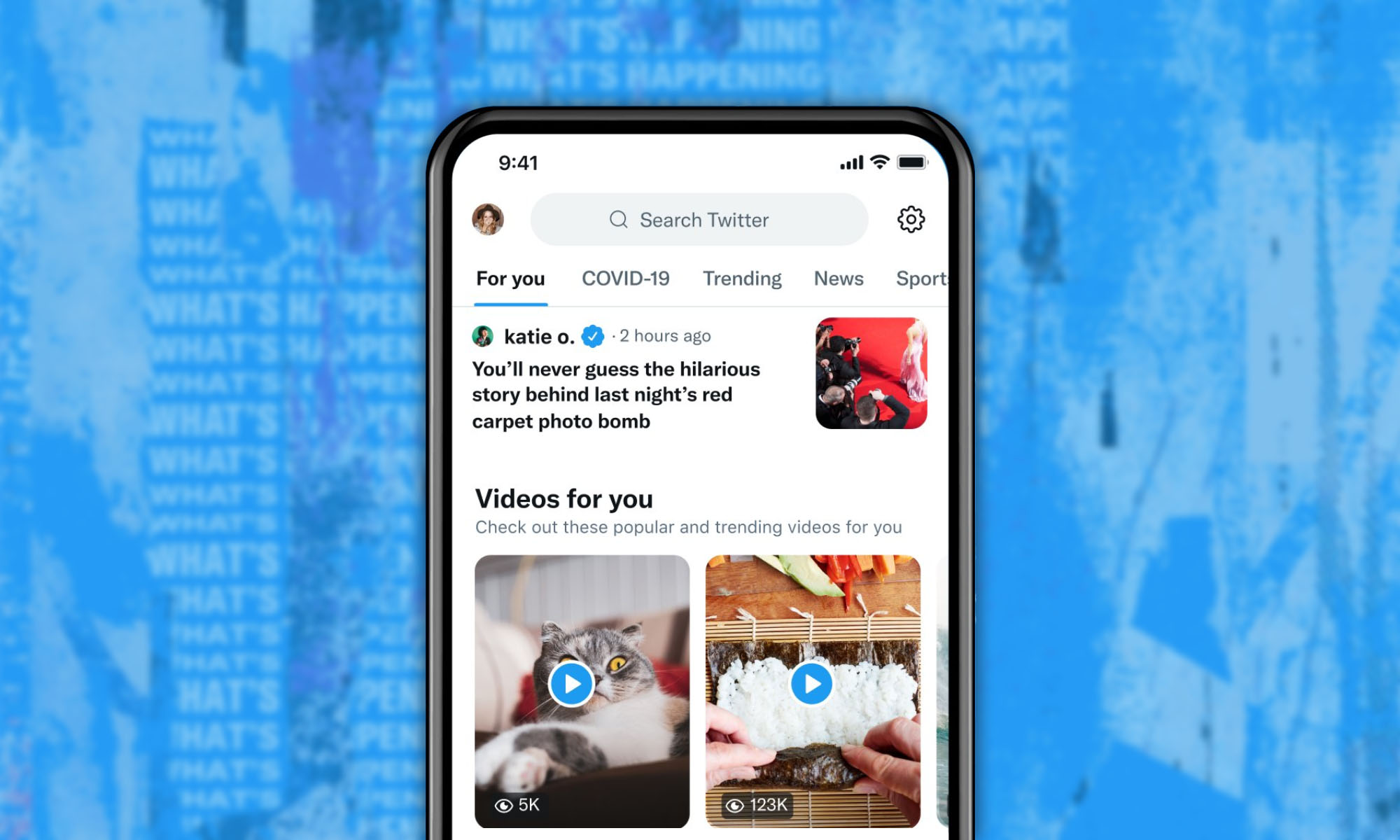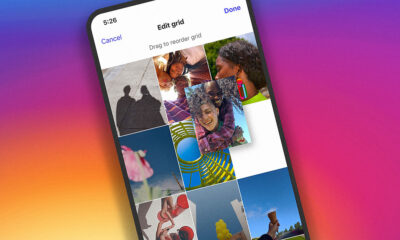News
Twitter Will Default To A For You Page, Just Like TikTok
Twitter is making the algorithmic feed the default option, and the star icon that lets you swap feeds is going too.

Twitter is rolling out changes to how users move between the algorithmically-driven timeline and the reverse chronological feed, making the former the new default.
iOS users will see the changes first, and the company has also removed the star button at the top right for switching between feeds. Instead, in place of the old controls, two tabs labeled “For You” and “Following” allow users to switch between timelines.
TikTok users will instantly notice that the “For You” naming convention follows the popular video platform’s lead. The new default view will show tweets from people that you follow out of order, interspersed with tweets from profiles the algorithm thinks you may like.
Also Read: Starlink Teams Up With Elcome To Offer Maritime Internet
While the changes make it easier to switch between the two feeds, unfortunately, you’re shown the default “For You” timeline every time you relaunch the app. The changes come after controversial new CEO Elon Musk tweeted that the “main timeline should allow for an easy sideways swipe between top, latest, trending, and topics that you follow” and said that Twitter would be “making this change soon”.
So far, there isn’t an option to swipe to trending and followed topics, though the trending page is only a few taps away in the search menu.
News
Google Releases Veo 2 AI Video Tool To MENA Users
The state-of-the-art video generation model is now available in Gemini, offering realistic AI-generated videos with better physics, motion, and detail.

Starting today, users of Gemini Advanced in the MENA region — and globally — can tap into Veo 2, Google’s next-generation video model.
Originally unveiled in 2024, Veo 2 has now been fully integrated into Gemini, supporting multiple languages including Arabic and English. The rollout now brings Google’s most advanced video AI directly into the hands of everyday users.
Veo 2 builds on the foundations of its predecessor with a more sophisticated understanding of the physical world. It’s designed to produce high-fidelity video content with cinematic detail, realistic motion, and greater visual consistency across a wide range of subjects and styles. Whether recreating natural landscapes, human interactions, or stylized environments, the model is capable of interpreting and translating written prompts into eight-second 720p videos that feel almost handcrafted.
Users can generate content directly through the Gemini platform — either via the web or mobile apps. The experience is pretty straightforward: users enter a text-based prompt, and Veo 2 returns a video in 16:9 landscape format, delivered as an MP4 file. These aren’t just generic clips — they can reflect creative, abstract, or highly specific scenarios, making the tool especially useful for content creators, marketers, or anyone experimenting with visual storytelling.
Also Read: Getting Started With Google Gemini: A Beginner’s Guide
To ensure transparency, each video is embedded with SynthID — a digital watermark developed by Google’s DeepMind. The watermark is invisible to the human eye but persists across editing, compression, and sharing. It identifies the video as AI-generated, addressing concerns around misinformation and media authenticity.
While Veo 2 is still in its early phases of public rollout, the technology is part of a broader push by Google to democratize advanced AI tools. With text-to-image, code generation, and now video creation integrated into Gemini, Google is positioning the platform as a full-spectrum creative assistant.
Access to Veo 2 starts today and will continue expanding in the coming weeks. Interested users can try it out at gemini.google.com or through the Gemini app on Android and iOS.
























